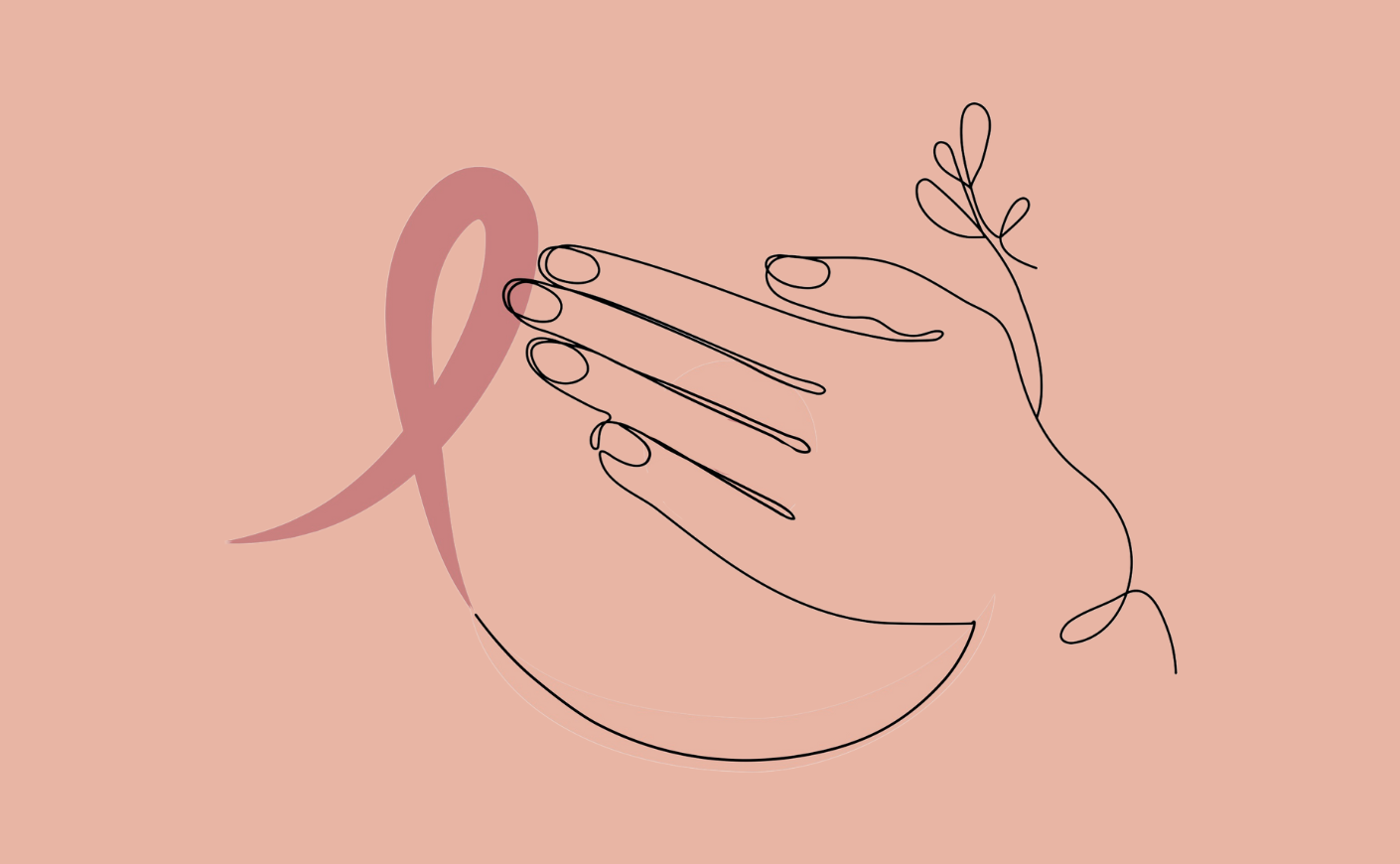By now, you likely know that self breast exams are important, however, if you’re guilty of tuning out that information, we’re not here to guilt you. Like dental checkups and PAP smears, self breast exams can be a little too easy to put off. So here’s a gentle reminder to perform yours soon — after all, in one study, 25 percent of women reported that they found their breast cancer via self-examination.
If you need to brush up on the rules of this at-home breast test, Rebecca Brightman, MD, our resident women’s health expert, has provided pointers. She explains how to perform your exam, the best time to do it, how often you should check your breasts, and concerning signs to watch out for.
How often should you check your breasts for lumps or abnormalities?
You may have heard conflicting information about how often to perform a self-exam. That’s because not all clinicians agree on whether or not you should self exam at all: Dr. B admits that “some prominent breast surgeons have gone on the record saying ‘don’t do them.’” However, Dr. B. firmly believes in monthly self examinations. The National Breast Cancer Foundation is inclined to agree with that opinion, too. Though you may know people who don’t see the point in self breast exams, remind yourself that knowing your breasts can’t hurt. You’re more likely to notice changes in your body if you’ve spent some time really considering it. Plus, self exams are free.
How to perform a self breast exam
First, context is important. Dr. B. recommends that you conduct a self exam in the shower. If you’re wondering why, Breastcancer.org mentions that “many women find that the easiest way to feel their breasts is when their skin is wet and slippery.” Dr. B also says that timing is key: Performing the exam after your period is ideal. If you don’t have a period, just “do a self-exam around the same time each month.”
Once you’re situated in the shower, slowly use your fingers to feel for anything new or unusual. Dr. B offers a helpful visual for this process: “Imagine the breast is a pie. Using the pads of your fingers in a circular motion, working from the outside of the breast toward the nipple, you want to examine each segment of that pie.” Don’t forget to feel the entire breast, including your nipples: “You should also squeeze the nipple to make sure there’s no nipple discharge.” Oh, and use the “pie method” on your sides, too: “Repeat this exercise under your armpits, because underarms also contain breast tissue and lymph nodes.”
What should you be looking for?
As mentioned, you’re paying close attention to anything strange, new, or different: “If you know your breasts, what they feel like, what they look like, then you’re going to be able to say, ‘that’s new.'”
Keep in mind that not all breasts have the same texture and that texture changes with age: “Young women, in particular, have lumpy, bumpy breasts, and that’s OK. That’s normal!” If you’ve always had dense breasts, trust your intuition and don’t panic — but be sure to visit your doctor if you’re worried about anything.
Next, find out when you should get your first mammogram.









